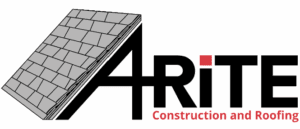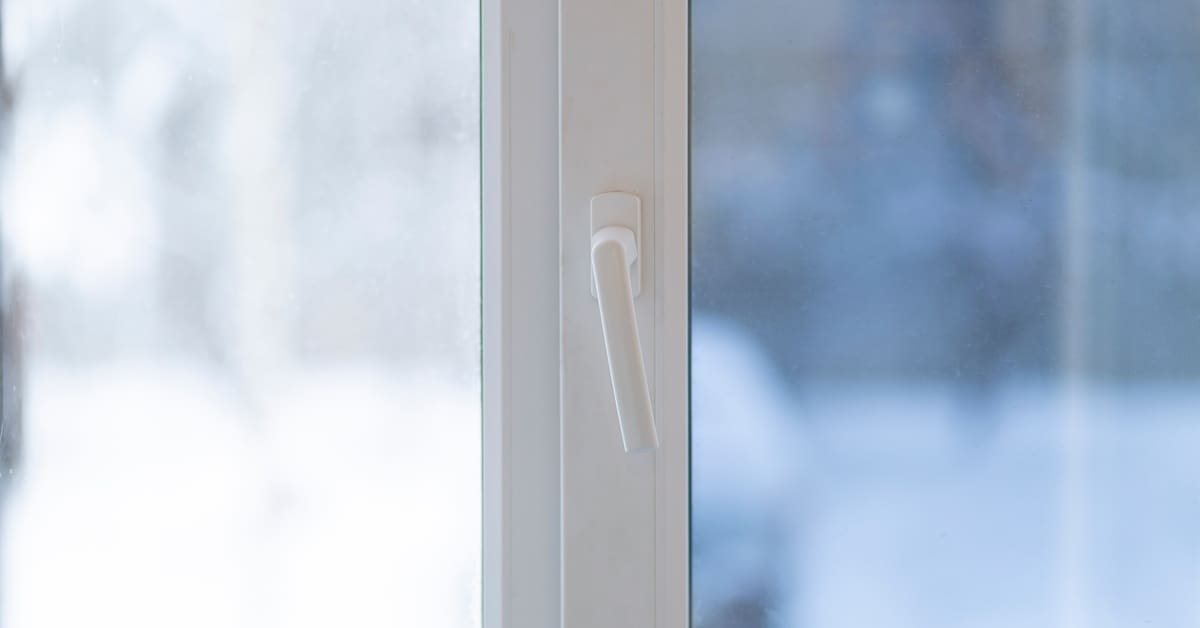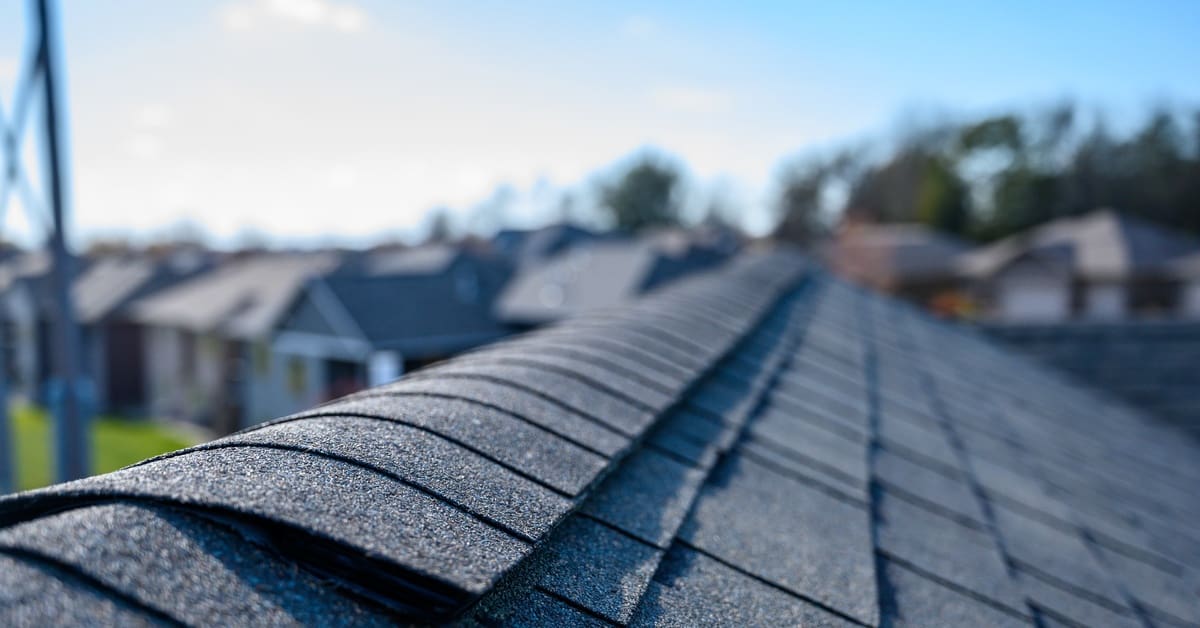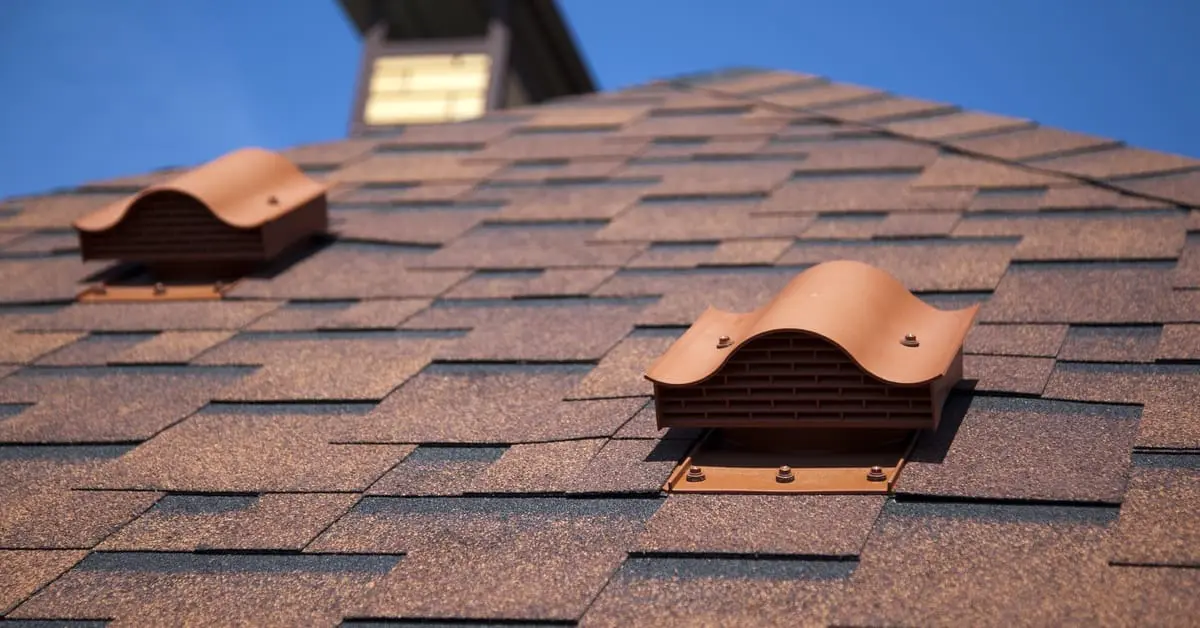When homeowners seek ways to lower their energy bills and maintain a more comfortable living space, they might question how window tinting affects home energy efficiency. While it can be a quick fix for some problems, is it the best long-term solution? Let’s examine the pros and cons of window tinting and other long-term options that affect home energy efficiency.
Why Homeowners Think About Tinting
Window tinting comes up in energy-efficiency conversations for a good reason. Many homeowners use it to block heat from entering their homes during the summer, especially on sun-facing sides of the house.
Window tinting can also reduce the strength of UV rays and minimize fading on furniture and flooring. Not to mention, tinting gives you a little extra privacy during the day. You might use window tinting because you like the look of it!
Tinting works by applying a film directly to the glass, typically after the window has been installed. Depending on the type of film used, it may reflect or absorb sunlight, reducing heat gain. Some films offer one-way visibility or limit glare. These features make a room more comfortable, but they have limitations.
The Unknown Downsides
While tinting is a quick fix, it’s not always the best long-term solution. One of the biggest drawbacks is that it doesn’t address the actual performance of the window itself. A tinted single-pane or drafty window is not energy efficient; it just has a UV filter on it. Applying a film won’t stop cold or hot air from entering your home, nor will it improve insulation.
There’s also the issue of durability. Window film can bubble, discolor, or peel over time, especially if it wasn’t installed professionally. Some homeowners have to replace it sooner than expected.
Applying film to certain types of windows, particularly double-pane glass, voids the manufacturer’s warranty. While tinting blocks sunlight, it doesn’t help much when the issue is poor sealing, aging frames, or insufficient insulation.
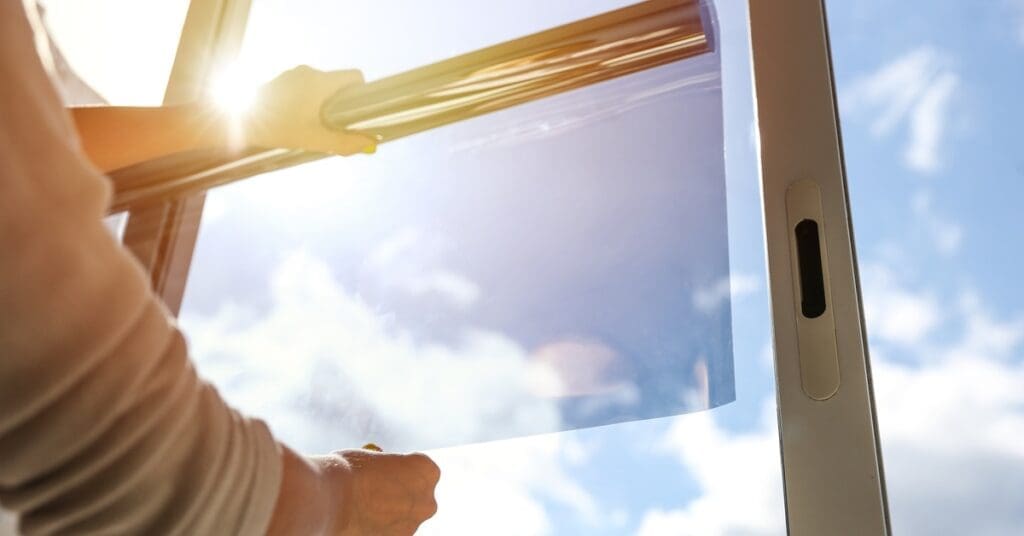
Questions To Ask Before Tinting
If you’re still undecided about whether window tinting is right for your home, ask yourself a few questions. First, how old are your current windows? If they’re more than 15–20 years old, it’s better to replace them altogether. Tinting won’t help with drafts or failing seals!
Second, what kind of glass does the window have? Modern windows usually have special coatings that block UV rays and reflect heat. Adding aftermarket tinting on top of these coatings will not provide additional benefits, and it could interfere with performance or void warranties.
Who installed your current windows? If you’re thinking about applying film, check with the original manufacturer or installer first. Some types of tinting can damage insulated glass units if applied incorrectly or with incompatible materials. When in doubt, hire a window installation service provider who understands energy performance and product warranties.
Alternatives That Offer Similar Benefits
If you’re drawn to window tinting for the privacy, glare reduction, and comfort it promises, it’s worth considering modern alternatives that offer even more perks. Energy-efficient windows, such as those from Pella, feature advanced technologies that surpass the performance of tinted film.
Many energy-efficient windows utilize Low-E glass, which regulates indoor temperatures by reflecting heat away and retaining warmth when needed. They also block the majority of UV rays, preventing fading inside your home.
For even more control over light and privacy, some homeowners opt for between-the-glass blinds and shades. Installers build them into the window, offering a clean, low-maintenance option that never needs dusting. You can tilt or lift them like traditional blinds, but they’re protected from wear and tear. They’re especially helpful in bedrooms, offices, or living rooms where you want comfort and flexibility throughout the day.
Another option for managing light and privacy is investing in smart window treatments. Motorized systems open and close based on the time of day or sunlight levels, which is great for relief and energy savings. While they aren’t built into the window, they work well in combination with energy-efficient windows to create a full system of comfort control.
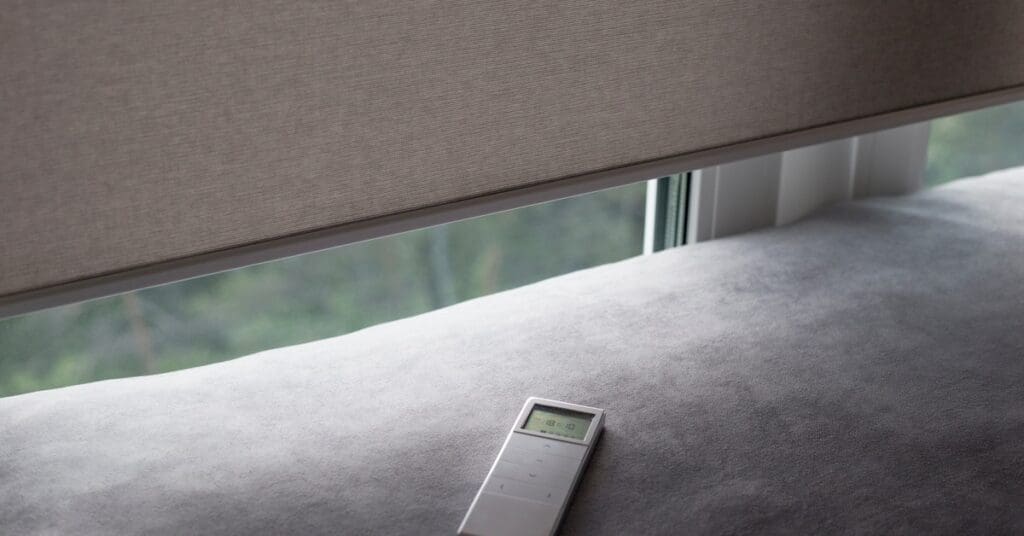
Cost Comparison: Tinting vs. Window Replacement
It’s natural to assume window tinting is more budget-friendly than replacing windows altogether. It’s a great short-term solution, depending on the type of film and whether it’s professionally installed. Unfortunately, tinting doesn’t address air leaks, failing seals, or thermal inefficiencies in the glass or frame itself. Those issues continue to cost you money on a monthly basis.
Energy-efficient window replacement, on the other hand, is more expensive but offers long-term savings. Replacing outdated windows reduces annual heating and cooling costs. And in cold regions of Wisconsin, that adds up fast!
You also gain noise reduction, enhanced security, a modern style, and increased home value. Tinting may be cheaper to start with, but it doesn’t pay you back in nearly as many ways.
Why Professional Window Installation Matters
Whether you opt for window upgrades or want to maintain what you already have, professional installation is invaluable. Professionals will properly seal and align the windows so that they perform as they should. Even the most advanced energy-efficient window will lose its value if it’s installed poorly.
A trained installer knows how to prevent air leaks, avoid condensation issues, and confirm the product meets the manufacturer’s specifications for performance and warranty. This attention to detail improves a home’s energy efficiency, particularly in old homes where gaps and drafts are common.
The Big Picture
Now that we’ve looked at the full picture, you can see that the ways window tinting affects home energy efficiency are more complicated than they seem. Tinting could reduce heat gain, protect against UV damage, and provide more comfort temporarily. However, it doesn’t address insulation problems, and it’s not designed to last forever.
If you’re serious about the return on investment, year-round comfort, and your home’s energy costs, A-Rite Construction can help you take the next step. We specialize in installing high-performance, energy-efficient windows that withstand many types of weather, from harsh winter storms to intense summer sun. Let us upgrade your windows hassle-free!

